Fertilization is a critical part of gardening. We extract nutrients from the soil when we plant crops. We must restore what we lose from the soil yearly to keep growing food. So it’s reasonable to argue that subsurface activities are more essential than those on the surface. This article will discuss the best organic fertilizers for potted backyard, indoor, and terrace garden plants. We have provided a list of the best organic fertilizers to feed plants you can use in your garden; the best fertilizers for plants at home in your backyard, organic fertilizers for plants at home, and homemade organic fertilizers for your vegetables and other plants.
What are the Differences Between Organic and Chemical Fertilizers?
It is correct that plants cannot distinguish between the nutrients provided by chemical or organic fertilizers. There’s no denying that synthetic fertilizers can deliver more significant nutritional concentrations, but this shouldn’t be the primary consideration when selecting. The manufacture of fertilizers and the components used to create them have a wide range of repercussions and various effects on the surrounding soil.
Organic Fertilizers
Composting or drying organic waste, such as cow dung, crop residue, earthworm castings, concentrated compost, seed meal, seaweed, and animal sources, is the first step in producing organic or natural fertilizers. Aside from being sprinkled over plants, they can also be mixed directly into the soil. When all these materials are used in addition to one another to treat crops, the plants get all the needed macronutrients, micronutrients, and trace elements.
In case you missed it: Best Organic Fertilizers to Feed Indoor Plants: Homemade and Natural Recipes
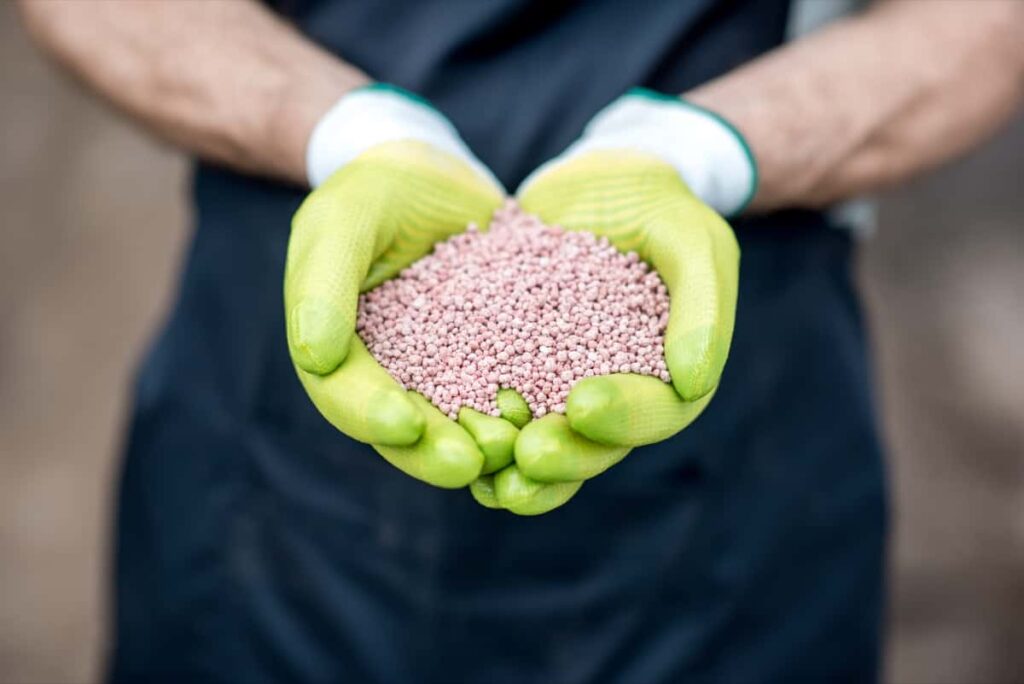
A healthy macrobiotic system can benefit from using granular materials in the same manner as organic fertilizers do. Most significantly, they contribute to developing a healthy and favorable habitat for microorganisms, fungi, and insects that are helpful to the ecosystem. It’s only sometimes a sustainable approach to mine for certain naturally supplied items like green sand, guano, and lime. However, these materials provide specific nutritional components at concentrations other biologically produced materials do not offer.
Chemical Fertilizers
Chemical fertilizers are substances that are produced from natural ingredients. They are often acidic and are typically formed from by-products of the petroleum industry. Their origin is generally unknown. Their principal function is to fulfill a plant’s requirements for the macronutrients nitrogen, phosphorus, and potassium by supplying these elements to the plant. Ammonium phosphate, ammonium nitrate, and potassium sulphate are good examples of these compounds.
In case you missed it: Fertilizer Schedule for Fruits: Organic, Chemical, How and When to Apply
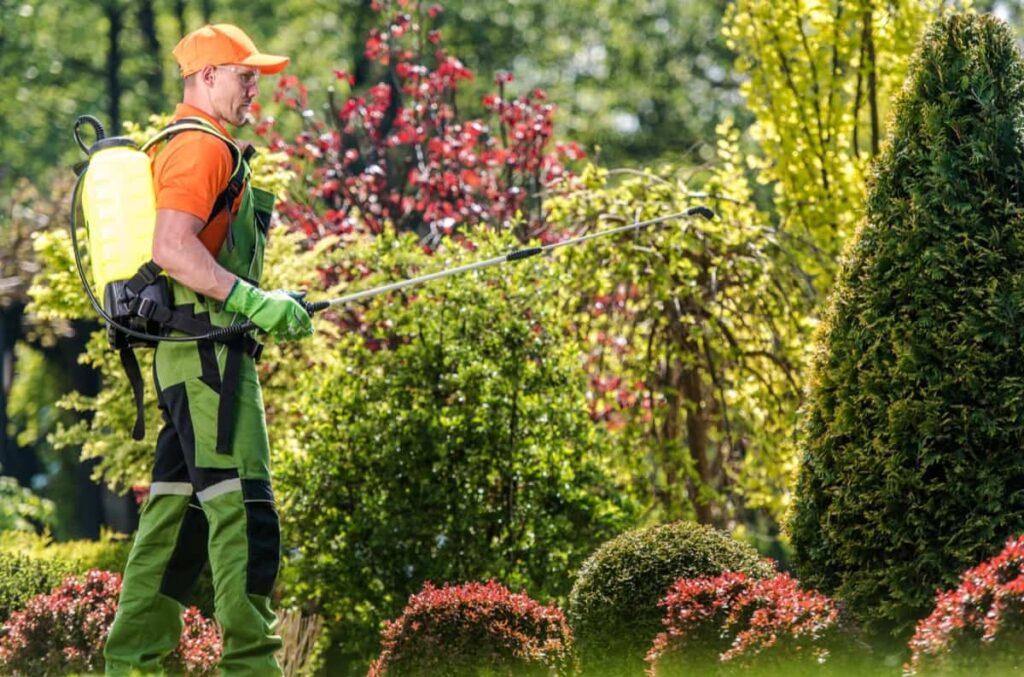
Some fertilizer mixtures include secondary nutrients such as calcium, iron, molybdenum, and magnesium; nevertheless, nearly none give the whole range of micronutrients that a plant needs to reach its full potential for development. Furthermore, because of the inherent acidity, employing chemical fertilizers may result in the death of beneficial bacteria and create an environment inhospitable to other types of life. This is the most significant disadvantage of utilizing chemical fertilizers.
Best Organic Fertilizers to Feed Plants
Use Compost
For natural fertilizers, compost comes out on top. Using decaying organic matter to restore the soil’s nutrients is as ancient as agriculture. Compost is a one-stop-shop solution for backyard gardening when it comes to improving the soil. Compost contains nitrogen, phosphorus, and potassium, the three most vital nutrients for thriving plants. When you add compost to your soil each growing season, you’re not just restoring the nutrients your plants need.
In case you missed it: How to Make Cow Dung Manure Compost: A Step-by-Step Guide to Use in Your Farm/Garden
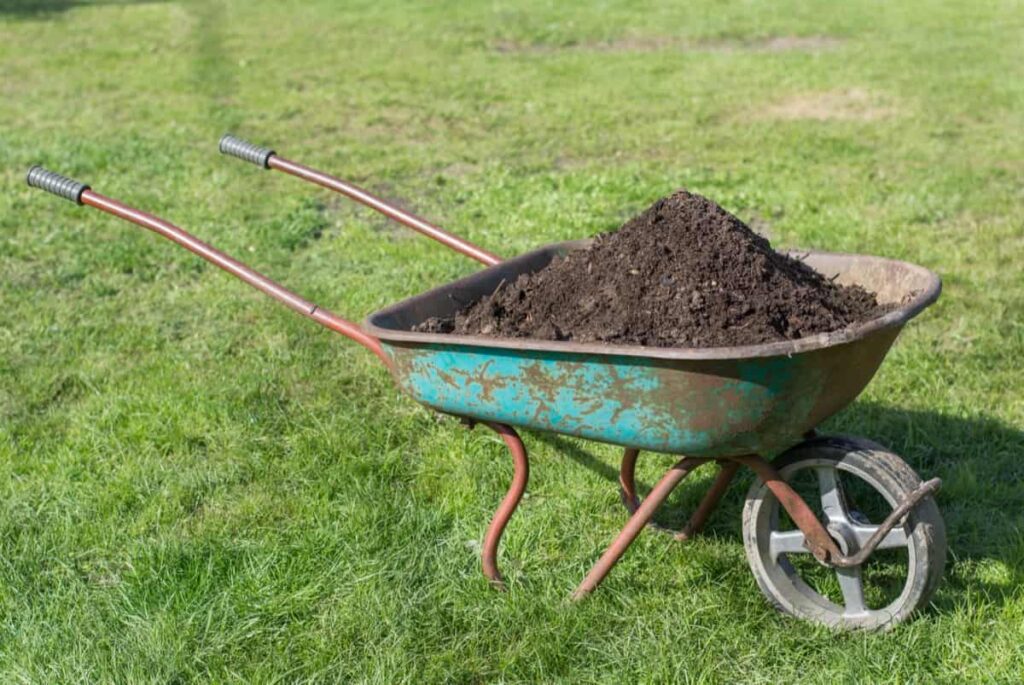
You’re also improving the general health of your soil. Whether you’re using your soil or a prefabricated mix, starting your organic gardening adventure by applying compost to your soil is strongly suggested. You can buy compost, but it’s best to produce your own, and there are several ways to do it.
Add Manure to Your Soil
Decomposed farm animal faeces are what we refer to as “manures.” Soil conditioning and nourishment are both provided by manures, much as compost. They can also be obtained via the cultivation of mushrooms. One of the most essential advantages of manure is its accessibility. Bags of manure may be purchased at almost any garden shop or grocery store. Those who live near farms may have an endless supply.
In case you missed it: The Importance of Soil Health in Farming: Role of Soil in Sustainable Agriculture
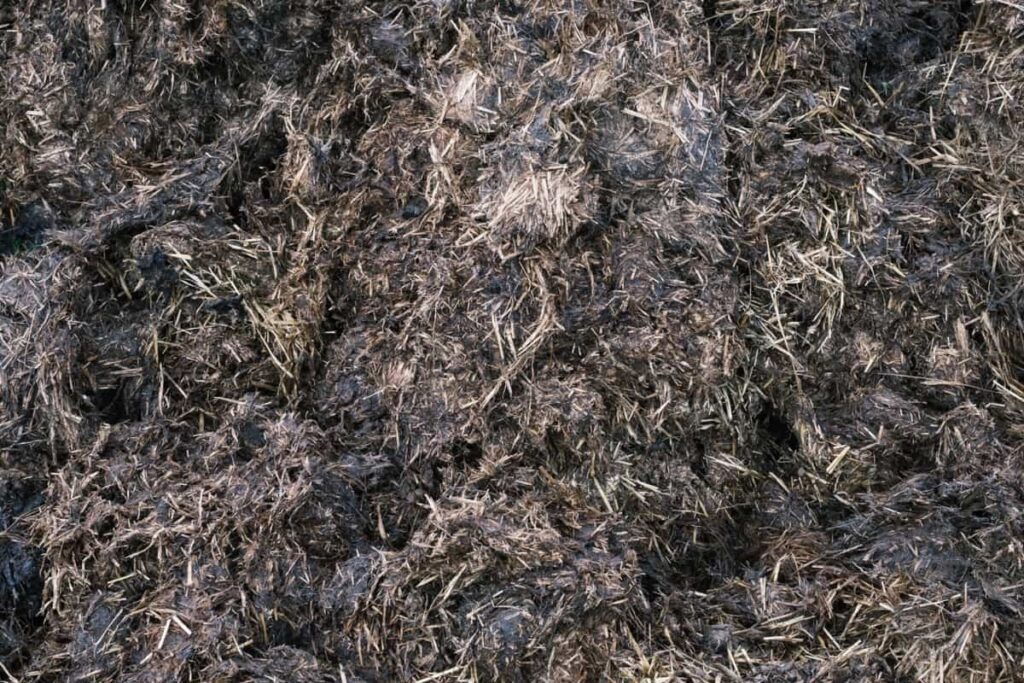
When utilizing locally gathered manure, it’s vital to compost it first to avoid damaging plants or introducing weed seeds. Since it is well-composted, steer and horse dung can be used in the yard without fear of burning. Because they aren’t digested during digestion, horse dung might contain a lot of weed seeds. The high percentage of nitrogen content in chicken manure makes it an excellent fertilizer for blueberries, leafy greens, and other plants in the vegetative stage of development.
However, it’s a hot commodity that can burn plants if not allowed to decompose properly due to its high nitrogen concentration. Naturally occurring sheep and rabbit dung pellets are high in nutrients and easy to disperse. Flowering plants benefit significantly from these nutrients, but they are rare and must be utilized carefully.
Bone Meal, Blood, Fish, and Bone are the Best Organic Fertilizers
Most of the time, organic granular fertilizers include animal by-products like a bone meal as one of their ingredients. Bone meal is an excellent fertilizer for backyard gardening with a high phosphorus content, which helps promote healthy root development in plants. It is ideal for encouraging good development in root crops such as carrots and parsnips and assisting in establishing recently planted trees and shrubs.
Blood meal, often known as dried blood, is another waste product of the livestock industry. Nothing more than animal bones have been crushed up and dried up to make this product. A top-dressing of this fertilizer around leafy plants like cabbage, spinach, or brassicas like kale is ideal because of its fast action and high nitrogen concentration. If you are interested in beginning a straw bale garden, it is also an excellent way to jumpstart the decomposition process in straw bales.
Another kind of granular fertilizer abundant in nitrogen is called hoof and horn. Last but not least, there’s fish, blood, and bone, which, as you probably guessed, has the same dehydrated blood and bone as the previous option but also includes fishmeal. The end product is an almost perfectly balanced fertilizer containing nitrogen from the blood, phosphorous from the bone meal, and potassium for flowers and fruits from the fishmeal.
This fertilizer can be used on practically any plant. For example, it can be sprinkled on top of the soil before planting or used as a top dressing around actively developing plants. Because of this, it is an excellent multipurpose feed that can be used all over the vegetable garden and in the garden in general.
Fertilize with Calcified Seaweed
Calcified seaweed is often considered among the finest soil conditioners available. Calcium contributes to the decomposition of heavy clay soils, while seaweed is a godsend to the microorganisms in the soil that are favourable to plant growth. What is the result? Stronger roots and plants that are healthier and more robust can result from improved soil structure and an ecosystem that thrives in the soil.
In case you missed it: How to Start Seaweed Farming in India: Current Trend, Cost, Profits, Subsidy, Plant, and Companies
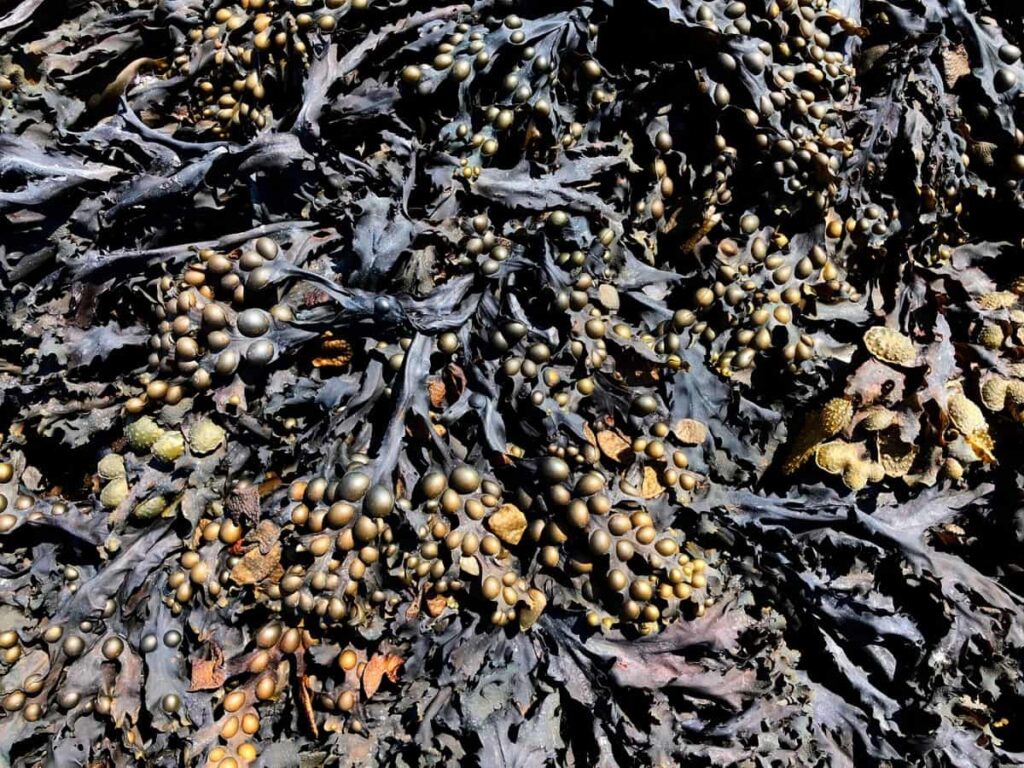
This completely organic granular fertilizer is a true powerhouse that can be used for various purposes. You can use it to give your brassicas an alternative to lime, give your grass a head start on greening up in the spring, or give your plants a boost that will result in more blossoms and fruits. However, before making a purchase, check if the products in question were obtained in an environmentally responsible manner.
Make Compost Tea
You can create compost tea after your compost bin is set up and functioning correctly. The nutrients found in compost are also present in compost tea but in liquid form. When you have a liquid fertilizer, it is much simpler to feed each plant, and you can avoid wasting any of the nutrients by applying the fertilizer just to the areas of the backyard garden that need it.
Because the nutrients are liquid, compost tea can also be sprayed on plants as a foliar spray. The combination of solid compost and compost tea is the ideal fertilizer that will fulfil the requirements of your plant during the whole growing season. Compost tea is an excellent source of natural fertilizer, and since it is a liquid, it may be used on houseplants.
Make Use of Worm Castings
When earthworms munch their way through compost, they leave worm dung in the form of worm castings, which are then used in the organic gardening industry as a fertilizer. Worm casting is the same as worm dung; it’s only a different name. Castings from worms are rich in nutrients and should be mixed into garden soil or potting mix before being used for gardening. Castings can be purchased online.
In case you missed it: How to Compost Kitchen Waste with Worms: A Guide to Kitchen Vermiculture
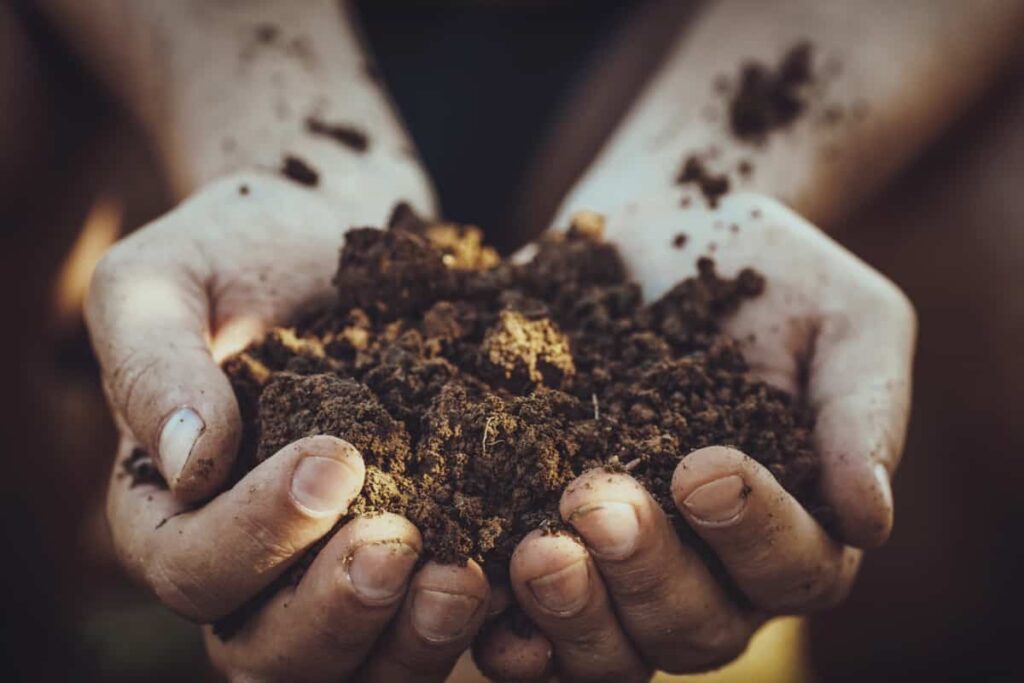
Mycorrhizae is Helpful
Adding fertilizer to the soil is just the beginning of the feeding process for your plants. The billions of microbes convert the fertilizer into a form that plants can eat that does the main work of feeding them. For example, mycorrhizae and fungi rofungiems found in good soils are examples. They aren’t strictly fertilizers but play a significant role in plant health. Mycorrhizae and the host plant’s root system develop a mutually beneficial association.
Symbiotic relationships between plants and fungi exist, in which the fungus aids in water and nutrient intake while the plant feeds food and nutrients generated by photosynthesis to the fungus. Extending a plant’s root system with mycorrhizae allows it to obtain more nutrients and water. Root protection and improved backyard soil quality are two additional benefits of this. Plants are more vulnerable to hunger and disease in recently-tilled, compacted, or saturated soil.
DIY Banana Peel Fertilizer
Put banana peels in an air-tight container and add water. A homemade banana peel fertilizer will give your plants a high-potassium, low-sulfur, and high-magnesium liquid feed. All of these nutrients regulate critical processes in a plant’s life cycle. It works well for both your garden and indoor plants as a foliar spray or as a fertilizer in a liquid form. To manufacture this specific fertilizer, you don’t need a compost pile. All you need to be is a banana eater.
In case you missed it: Growing Banana Organically in Maharashtra: Cultivation Practices and Production Management
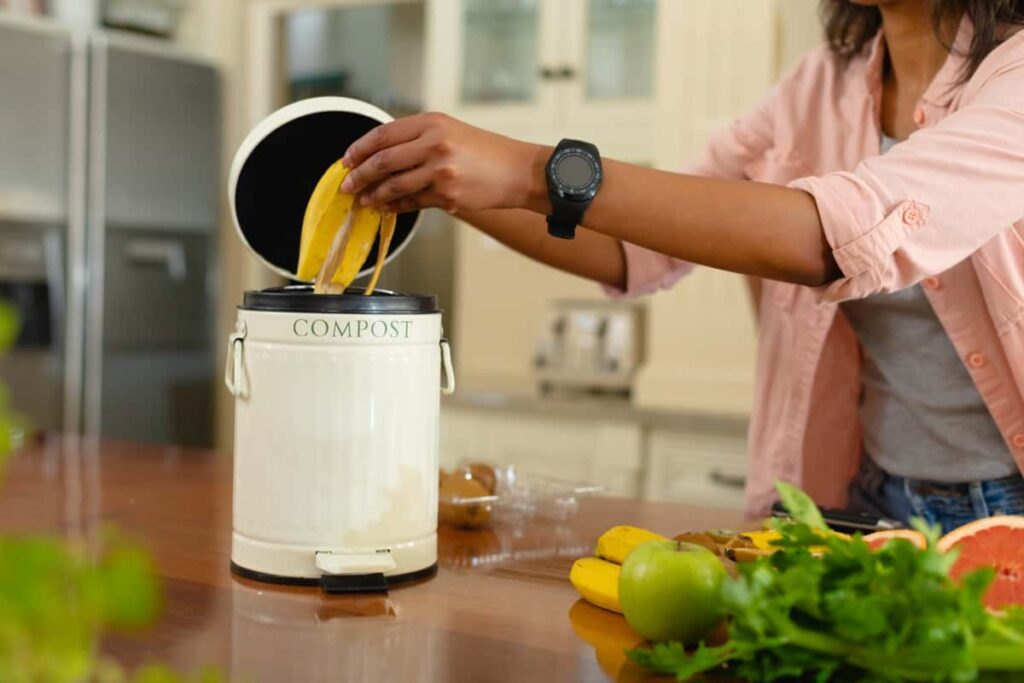
Guano is Also an Option
Guano, also known as bat manure, is a kind of fertilizer used for ages to improve the soil quality in your backyard. Bats that eat a diet consisting primarily of fruits and insects are the source of guano. The soil or the plants can benefit from its application as a soil amendment. You should be able to get each of these fertilizers at your local garden stores or online. Check the labelling on organic fertilizers to confirm they are certified for organic farming.
Add Kelp Meal to the List
A particular kind of seaweed known as kelp is an excellent organic fertilizer you might use in your garden. This seaweed is added to the soil to improve its composition and encourage healthy plant development. Harvested for fertilizer is first dried, and then the dried kelp is pulverized into granules known as kelp meal. You can mix Kelp Meal directly into the ground or generate a liquid form with water.
- Management Pests and Diseases in Your Cotton Field
- Sheep Farming Business Plan for Beginners
- Aquaponic Farming at Home: A Step-By-Step Guide
- Profitable Village Farming Business Ideas in 2024
- High-Yield Aquaculture: Fast-Growing Fish for Farming
- Effective Fish Pond Construction Techniques for Beginners
- Irrigation and Water Management in Pineapple Farming
- Blossom to Harvest: Mastering Flowering and Pollination in Papaya Farming
- Pig Fattening Essentials: From Selection to Sale for Beginners
- Raising Wagyu Cattle: A Complete Guide for Premium Beef Production
- Soil Types and Their Water Holding Capacity
- Optimizing Irrigation Schedules for Coconut Groves for Enhanced Yield
- Espresso Your Garden: Coffee Grounds for Healthier Acid-Loving Plants
- The Best Soil Mix for Snake Plants: How to Mix Your Own Snake Plant Soil
- Green Thumb Success: Expert Tips for Cultivating Greenhouse Beans All Year Round
- Bloom All Year Round: The Ultimate Guide to Indoor Hyacinth Care
- Eco-Friendly Gardening: How to Make Liquid Fertilizer from Kitchen Waste
- Ultimate Guide to Grow Anise in Pots: Explore Seed Propagation to Harvesting
- Guide to Raising Chester White Pigs: Discover Breed Facts to Growth Management
- Mastering the Elegance: The Ultimate Guide to Weeping Cherry Tree Care, Planting, and Maintenance
- Ultimate Guide to Planting Garlic in Grow Bags: Growing Strategies for Beginners
- How to Fix Spider Plant Leaf-Related Problems: Natural and Organic Remedies
- 10 Reasons Why Your Tulsi Plant is Shedding Leaves: Home Remedies and Solutions
- Optimizing Growth and Yield: The Advantages of Palm Bunch Ash Fertilizer
- Utilizing Neem Oil Extract as a Natural Pesticide for Hydrangea
- From Soil to Harvest: Various Ways in Which Farmers Can Use AI Tools
- Steps to Encourage and Induce Citrus Flowers: A Comprehensive Guide
- How to Fix Snake Plant Leaf-Related Issues: Natural and Organic Remedies
- Transform Your Garden into a Fragrant Oasis with Raat Ki Rani (Night Blooming Jasmine)
- Discover the Ideal Chicken Breeds for Philippine Farms
- How to Create a Poultry Egg Farm Business Plan for Profits
- Grow Lemon Cucumbers Like a Pro: Insider Techniques for Bountiful Yields
- Ultimate Guide to Caring for Your Pink Princess Philodendron: Tips for Thriving Variegation
- Areca Nut Profit Per Acre: Calculating Yield and Cost of Cultivation
- How Kaveri Chicken is Becoming a More Profitable Breed in Indian Backyards
- Transform Your Barn: 9 Steps to Convert a Horse Stall into a Chicken Coop
